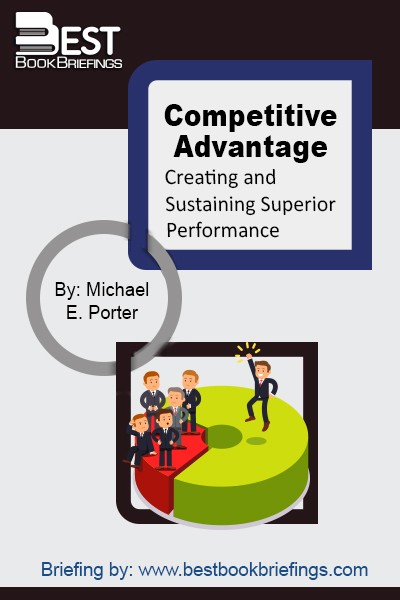The Change Masters
Editorial Review
In 1983, Dr. Rosabeth Moss Kanterwrote The Change Masters, a practical book which had a major impact on the conduct of American business and management.Sheargued that American business was facing an unfavorable economic and social environment and in dire need of an American corporate Renaissance. In executive suites throughout America, The Change Masters has become one of the most talked-about books in years.
Book Reviews
Books on Related Topics

In this book, the author illustrates using real life experiences how a firm should analyze the competition and position itself in such a way that it pulls a fair share of the market. In the book, the author covers the need for a firm to establish a value chain and add

Written by Peter F. Drucker, “the” best management guru, writer, speaker, and consultant to ever live, it lays all the basics of what management is, how it should be carried out, and in which direction should it be heading. This reference book is an excellent source for any aspiring manager, whether

The Law of Success is considered a classical book for its core is how to attain success, the ultimate goal of humanity ever since its creation, through applying fifteen principles. These principles help man harness his powers, overcome his weaknesses, and channel his talents toward a “definite chief aim”. Ever since




